May 4, 2023| Harry Shiels | RELEASE REVIEW

Herod – Iconoclast | Album Review
Brainchild of guitarist Pierre Carroz, Switzerland based and self-proclaimed atmospheric sludge quintet Herod have lofty ambitions in their eyesight for their follow up to 2019’s Sombre Dessein. Attempting to break free from the so-called ‘derivative mass’ of the forward-thinking progressive/post-metal world and create something truly special with their third album Iconoclast.
Iconoclast:
A person who attacks or criticises cherished beliefs or institutions.
Herod attempt to exemplify the ideology that; “usually, three types of bands exist: the derivative, the partially fresh if not somewhat original among the derivative mass through luck and those who understand their scene, using that knowledge to channel something ‘truly special’.” Comparing their music to varying legends across the art world from abstract painters such as Jackson Pollock to legendary film score composer Hans Zimmer, Herod certainly consider themselves to be artists as opposed to just musicians. A bold claim indeed when describing new album Iconoclast as; attempting to ‘[redefine] musical heaviness and atmosphere at every turn possible’.
Opening track ‘The Icon’ makes it known immediately that the band wear their influences on their sleeves. Channeling and blending the crushing polyrhythmic aspects of Meshuggah and the atmospheric soundscapes of Cult of Luna into their core repertoire. Opening with a droning, note bending guitar and bass riff, syncopated drums kick in and an angular piercing lead guitar tone cuts through like an alert siren. This breaks into a fairly standard Meshuggah inspired modern metalcore riff, with tremolo shredding and complex, syncopated rhythmic patterns. ‘The Girl With A Balloon’, a nod to the famous piece from Banksy, follows a very similar structure once the reverb soaked droning lead guitar falters, falling back into the twangy djent tones and polyrhythms but moving a bit slower. These big stomping riffs break into a large, open atmospheric soundscape, conveying that blend of the band’s primary influences as the track bounces between the two states.
Iconoclast’s production is par for the course for modern metal, and does a commendable job for the most part, especially when listening to the tonal character of the instrumentation: ‘twangy’, heavily Djent-infused down-tuned guitar tones with a bit more distorted chunk on them, growling low end tones from the bass and the processed punchy sounds of the drums. That being said, there is something strange going on with the kick sound in ‘The Girl With A Balloon’. It has an odd tonal characteristic to it, with a high pitched click accenting the kick drum hits. It wouldn’t normally be worth mentioning, but it’s strangely prevalent on this song alone.
“Opening track ‘The Icon’ makes it known immediately that the band wear their influences on their sleeves.”
Initial single ‘The Edifice’, follows a similar compositional formula as the previous two tracks, but there is more polish and care taken on the quality of the production for the most part. Featuring Matt McGachy of Cryptopsy as a guest vocalist, this feels like a more cohesive and engaging track compared to others. There are still some balancing issues with the vocals finding themselves a little adrift in the mid-tones, but with the constant dual vocalist textural shifts they break through more often than other tracks vocal performances. Worked in are interesting little guitar trills and drum fills, atmospheric/rhythmic shifts, and some nice blending of the two vocalists’ performances.
The real issues with Iconoclast come in the form of balancing the mix and the individual parts that make up Herod’s sound. The bass often gets lost, relying on the bulk of the sound being pushed through a sub-woofer, meaning for most it’s lost in the lower-mid tone mud of the down-tuned guitars and drums. Speaking of which, Michael Pilat’s vocals lose their place regularly as well, whether cleanly sung, guttural growls, or distorted and warped vocal samples. This is true even in the opening track ‘The Icon’; as Pilat’s performance starts to ramp up you can hear his heavy vocals a little more clearly, but as soon as the instrumentals break back in, the vocals start to get lost once again. It becomes particularly prominent on album closer ‘The Prophecy’, where he is joined by The Ocean vocalist, and friend of the band – Loïc Rosetti. Loïc provides an excellent additional vocal performance, but unfortunately when both vocalists are at full force, the balancing is once again at odds with itself, ensuring that you can’t fully appreciate either performance as they’re layered together. On top of that, the guitars can be so multi layered and thick that the details get completely overwhelmed in and of themselves, leading to most of the guitar work blending into dense slabs of noise.
‘The Ode to’ is the clear standout of the album, genuinely feeling quite interesting and unique compared to the other tracks. Opening with a psychedelic and prog influenced guitar melody, Les Mysterès des Voix Bulgares Choir (Bulgarian State Television Female Vocal Choir) take over vocal duties for the track and provide an outstanding and haunting performance. The multi-layered, polyphonic nature of the choir really lends itself well to the band’s sound, mirroring the intensity of the instrumentals as they get heavier before dropping back into the opening guitar melody and more restrained drumming patterns. The thick walls of sound employed in the heavier passages are tightened and better controlled to a degree, however this track still suffers from the previously highlighted bass and guitar issues.
“Featuring Matt McGachy of Cryptopsy as a guest vocalist, this feels like a more cohesive and engaging track compared to others.”
Performance wise everyone does a decent job playing their part, especially the guest musicians present in their respective tracks. The guitars and bass can be a tad simplistic across the album, which is not necessarily a bad thing, (technicality isn’t everything after all). However, it can get a little repetitive hearing the same tones, dissonant atmospheric lead melodies and the instrumental performance styles being reused ad nauseam. Pilat’s varied vocal deliveries are interesting on paper and they shine in the moments where they can be fully appreciated, but arguably would be more commendable if you could hear them better across the album. Fabien Vodoz’s drumming is the clear standout performance however, with lots of syncopated and complex rhythmic patterns, great technical fills, and clearly demonstrating that he is an all-round talented modern progressive metal drummer.
Moments like those at the start of ‘The Becoming’, featuring an interesting swinging NOLA style sludge beat, show a lot of promise – only for the band to immediately return to their Meshuggah influences, unaided by simplistic compositional structures as well. ‘The Intergloom’ acts as a little instrumental interlude with no real purpose, mostly feeling as though they had an idea they liked and decided to just include it for the sake of including it.
It is rather ironic that, for the most part, Iconoclast really feels at times as primarily banal, with truly fresh ideas being few and far between. Regrettably, this seems to squarely fall into the ‘derivative mass’ the band were so desperately trying to distance themselves from. Even after a multitude of listens, it really fails to leave any kind of lasting impression outside of a handful of decent hooks, interesting rhythmic patterns, or the guest musician’s performances. The mixing issues only hinder them further. Whether unintentional or artistic choices, it’s hard to pick apart various details across Herod’s instrumental spectrum on almost every song, leading to indistinct and largely forgetful experiences.
If you’re already a fan of Herod then you might find at least some enjoyment across the eight tracks and fifty minute run time. However, Iconoclast seems destined to fall by the wayside of its contemporaries in a genre space that already has a lot of talented and innovative contenders all vying, and largely succeeding, to innovate and find an audience.



